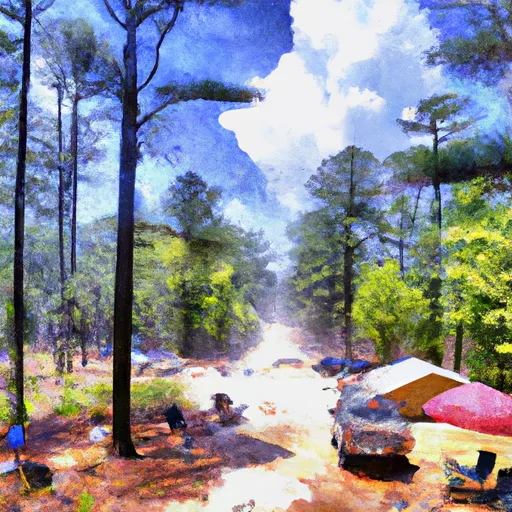Summary
Summers are hot and humid, with average temperatures ranging from the low to mid-90s Fahrenheit (32-35°C). Winters are mild, with average temperatures around 50-60°F (10-16°C). Montgomery receives approximately 54 inches (137 cm) of rainfall annually, with the wettest months being March and December.
The city is situated along the Alabama River, which provides a source of water for Montgomery and its surrounding areas. The river is also an essential component of the city's hydrological makeup, providing opportunities for activities such as fishing, boating, and kayaking. Additionally, Montgomery has several smaller lakes and ponds within its vicinity, perfect for outdoor enthusiasts interested in recreational fishing or leisurely walks along the shoreline.
Outdoor recreation opportunities in Montgomery extend beyond water-related activities. The city is home to numerous parks and green spaces, offering opportunities for walking, jogging, picnicking, and other outdoor activities. Some notable parks include Blount Cultural Park, which encompasses the Montgomery Museum of Fine Arts and the Alabama Shakespeare Festival, and the Wynton M. Blount Cultural Park, which offers walking trails and beautiful gardens. With its pleasant climate and abundant outdoor spaces, Montgomery provides ample opportunities for outdoor recreation and enjoyment.
Weather Forecast
Montgomery receives approximately 1330mm of rain per year, with humidity levels near 87% and air temperatures averaging around 19°C. Montgomery has a plant hardyness factor of 8, meaning plants and agriculture in this region tend to thrive here all year round.
Area Campgrounds
| Location | Reservations | Toilets |
|---|---|---|
 Maxwell/Gunter AFB Military
Maxwell/Gunter AFB Military
|
||
 Fort Toulouse/Jackson Park
Fort Toulouse/Jackson Park
|
||
 Gunter Hill
Gunter Hill
|
